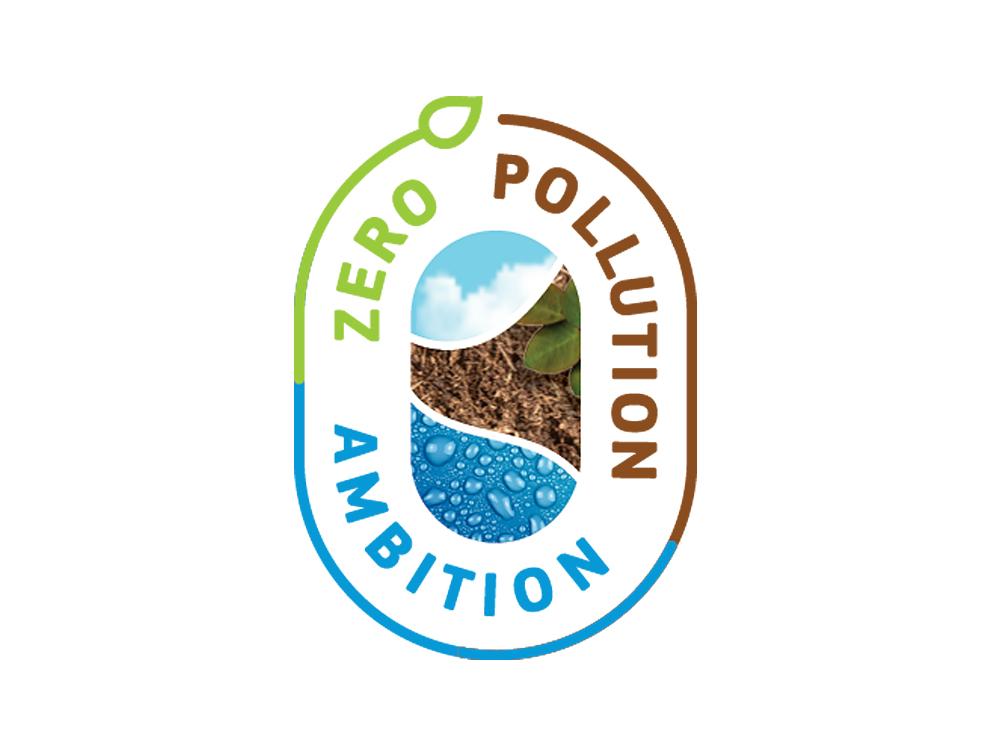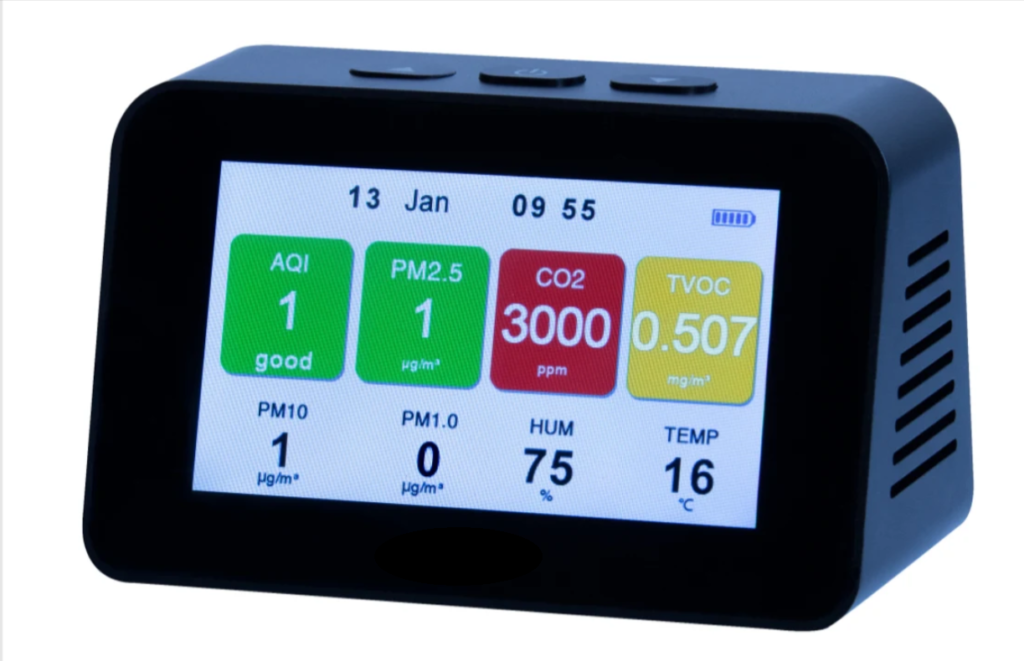Air Pollution and the European Energy Performance of Buildings Directive
Clean air is essential for our health and the environment. However, due to human activities that cause pollutant emissions, air quality has deteriorated considerably. These activities are in particular related to industry, energy production, domestic heating, agriculture and transport.

The updated World Health Organisation guidelines were published on 22 September 2021.
The guidelines provide recommendations for six air pollutants: particulate matter (PM2.5 and PM10), ozone (O3), nitrogen dioxide (NO2), sulphur dioxide (SO2) and carbon monoxide (CO).
The annual average concentrations of PM2.5 are increased from 10 to 5 g/m³, those of NO2 from 40 to 10 g/m³, and, for the first time, a limit value of 60 g/m³ for the summer seasonal ozone peak is specified.
On 12 May 2021, the European Commission adopted the EU Action Plan: ‘Towards Zero Pollution for Air, Water and Soil’ (and its annexes) – an outcome of the European Green Deal. https://environment.ec.europa.eu/strategy/zero-pollution-action-plan_en
To tackle air pollution and achieve its vision of zero pollution by 2050, the EU has a comprehensive clean air policy based on three pillars: ambient air quality standards, air pollution emission reductions, and emission standards for major sources of pollution.
https://environment.ec.europa.eu/topics/air_en
The Zero Pollution Action Plan sets the target of reducing the number of premature deaths attributed to exposure to fine particulate matter by 55% by 2030, compared to 2005.
Premature deaths attributed to exposure to fine particulate matter have fallen by 45% in the EU-27, compared to 2005.
However, further efforts are needed to achieve the 2050 vision of reducing air pollution to levels no longer harmful to health.
In 2020, in the European Union (27 states), 96 per cent of the urban population was exposed to fine particulate matter levels above the health guideline set by the World Health Organization, which caused 238,000 premature deaths.
The Zero Pollution Action Plan sets a target for 2030 of reducing the percentage of ecosystems affected by air pollution by 25 percent compared to 2005.
In 2020, ecosystem-damaging nitrogen deposition levels exceeded 75% of the total ecosystem area in the EU-27. This is partially positive, representing a 12% decrease compared to 2005.
In 2020, emissions of all major air pollutants in the EU-27 continue to decline, maintaining the trend seen since 2005 and showing a decoupling from the increase in gross domestic production over the same period.
Within the European framework, Italy, with the Po Valley basin, is still one of the areas where atmospheric pollution due to PM10 and PM2.5 particulate matter is most significant.
(EEA 2022, https://www.eea.europa.eu//publications/air-quality-in-europe-2022).

ISPRA, the Istituto Superiore per la Protezione e la Ricerca Ambientale, defines air pollution as the contamination of the indoor and outdoor environment by chemical, physical, or biological agents that change the natural characteristics of the atmosphere.
ISPRA also indicates the main causes of pollution:
- Household heating appliances,
- vehicle engines,
- industrial plants and
- forest fires.
https://www.isprambiente.gov.it/it/attivita/aria-1
On 15 March 2024, the report describing the state and trend of air pollution in Italy was presented in Turin.
The 2023 data outline a generalised improvement compared to the recent past (consistent with European data) and a consolidation of the reduction trend recorded over the last 10 years. They also demonstrate a substantial approach to the objective of complying with legal limit values throughout the country.
It is important to consider that the positive data, which you will read shortly, refer to the values set by Italian law, not the updated WHO guidelines of 2021.
The limits set by Italian law are shown in the annex to LEGISLATIVE DECREE no. 155 of 13 August 2010, implementing Directive 2008/50/EC.
https://www.gazzettaufficiale.it/atto/serie_generale/caricaArticolo?art.versione=1&art.idGruppo=0&art.flagTipoArticolo=11&art.codiceRedazionale=010G0177&art.idArticolo=1&art.idSottoArticolo=1&art.idSottoArticolo1=10&art.dataPubblicazioneGazzetta=2010-09-15&art.progressivo=0#art
The annual limit values for PM10 atmospheric particulate were respected at all measurement points in 2023, as were those for PM2.5 (311 out of 312), with an average reduction of around 13% compared to the average for the 2013-2022 decade. The daily limit value for PM10 was respected in 89% of the monitoring stations, with exceptions concentrated mainly in the north-eastern area of the Po basin (47 exceedances out of 63), in portions of the basin north of Vesuvius and in the province of Frosinone.
The annual value of nitrogen dioxide is within limits at almost all monitoring stations (98%), and in 2023, it will be 19% lower than in the 2013-2022 decade. Exceedances occur in stations influenced by high road traffic flows: Turin, Milan, Brescia, Genoa, Bologna, Florence, Rome, Naples, Catania, and Palermo.
Ozone, a pollutant present especially in summer, is particularly observed. In 2023, the long-term objective of protecting human health was only met at 49 stations out of 344, i.e. 14%. Extreme heat and lack of precipitation favour threshold exceedances.

Why are heating systems sources of air pollution?
Combustion heating systems fired by oil, gas or wood, depending on the fuel used, emit
- dust (PM) and soot,
- sulphur and nitrogen oxides (SO2, NOx),
- carbon monoxide (CO),
- various trace elements.
Why is the Energy Performance of Buildings Directive ( EPBD ) important? More energy efficiency means less combustion is needed, which can help reduce pollutants produced by combustion.
Sara – tourism sector consultant
PS. Do you want to GROW your business with a POSITIVE impact… without huge investments? Sign up for the email list by clicking on START HERE!
Or click this link https://www.sustainabletourismworld.com/start-here/ to download my INFOGRAPHIC!
